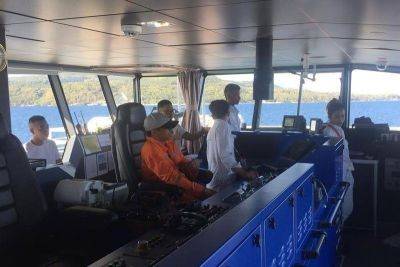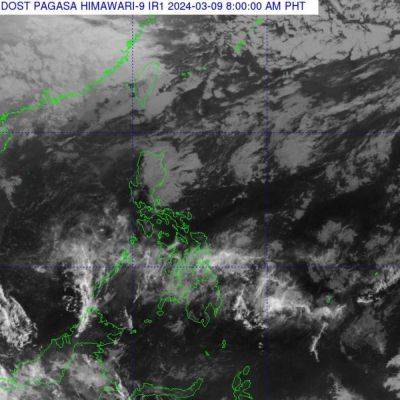Faulty warnings, deforestation turned Mindanao rains 'deadly'
FAULTY warning systems, poverty and deforestation of mountains in the southern Philippines turned recent unseasonably heavy rains into deadly disasters, scientists said in a report Friday.
More than 100 people were killed in landslides and floods in January and February in Mindanao as the northeast monsoon and a low-pressure trough brought downpours.
A study by the World Weather Attribution group found the unusually heavy rain in eastern Mindanao was not «particularly extreme.»
But with people living in landslide-prone areas and shortcomings in weather alerts, the rains became «devastating.»
«We can't just blame the rain for the severe impacts,» said Richard Ybañez, chief science research specialist at the University of the Philippines' Resilience Institute.
«A range of human factors is what turned these downpours into deadly disasters,» Ybañez said.
In the deadliest incident, more than 90 people were killed when the side of a mountain collapsed and smashed into a gold mining village on February 6, burying buses and houses.
While climate change was likely one of the drivers of the heavy rain, the report said scientists were not able to quantify its impact due to the lack of available data.
«However, we did detect a strong trend in the historical data — compared to the pre-industrial climate, the heaviest five-day periods of rainfall now drop around 50 percent more rainfall on Mindanao island in the December to February period,» said Mariam Zachariah of the Grantham Institute at Imperial College London.
The scientists found that a higher-than-average rate of poverty in the mountainous region had left people vulnerable to the impacts of heavier rainfall, while «intensified deforestation» had increased the risk of landslides.
«Across the region of study, construction in areas declared 'no-build zones' raises these dangers considerably,» the report said.
The report said policies, laws and funding of disaster risk management «have largely stalled over the past decades» and were concentrated on post-disaster response.
For example, automated sensors for rainfall and stream level in the region «have not been recording data since at least 2022,» after funding for maintenance and







